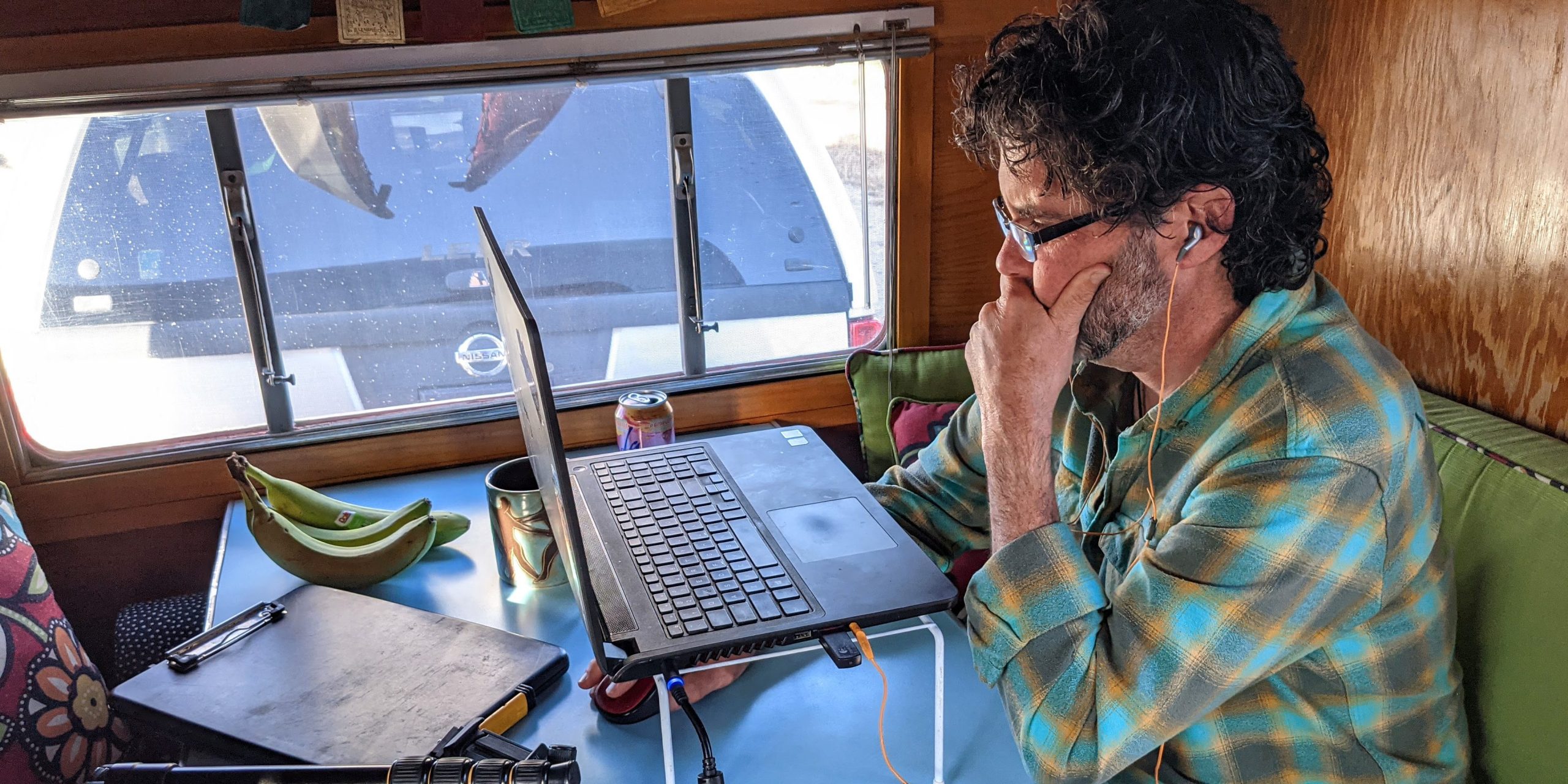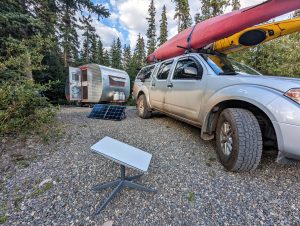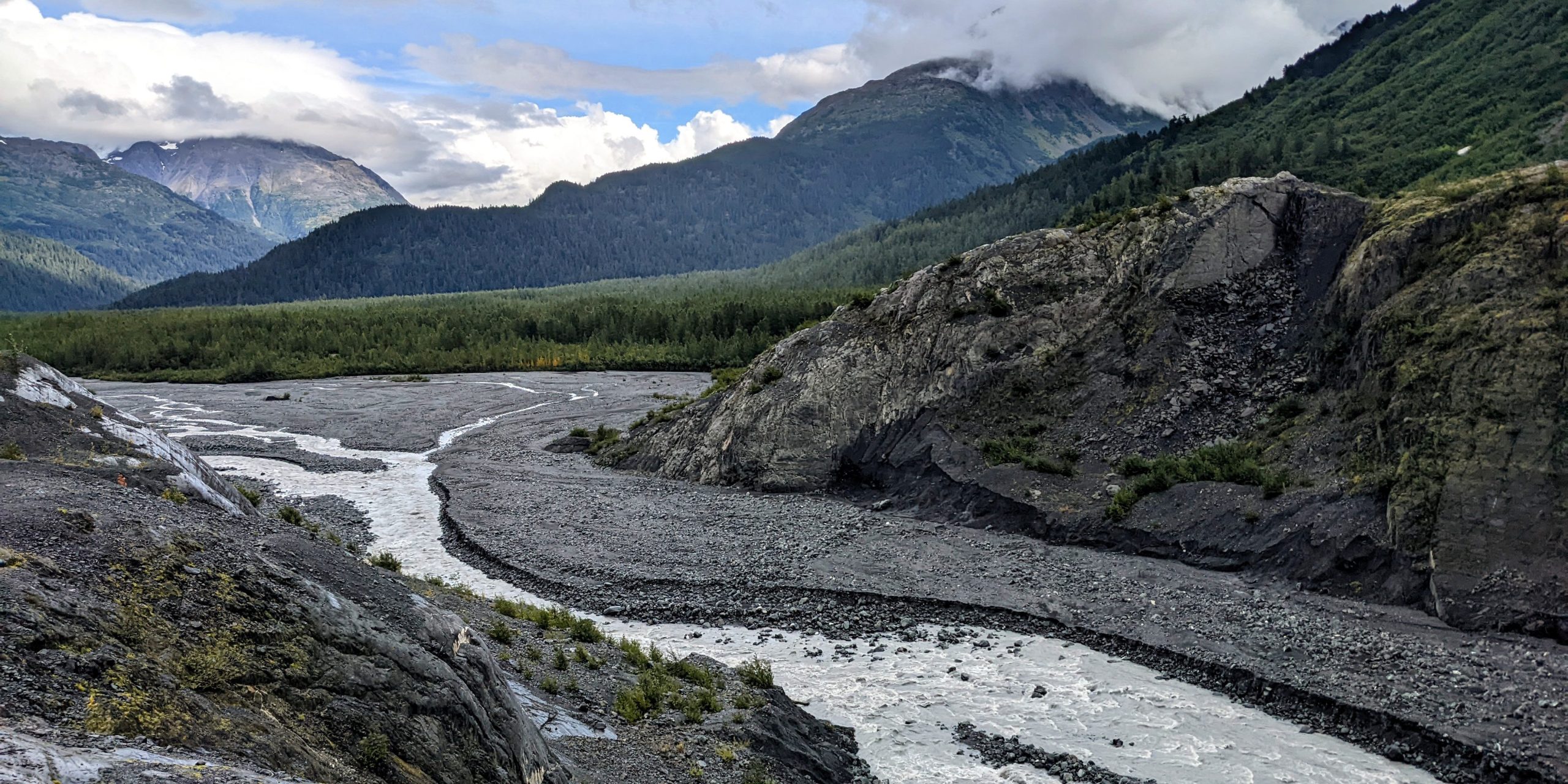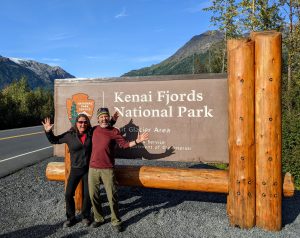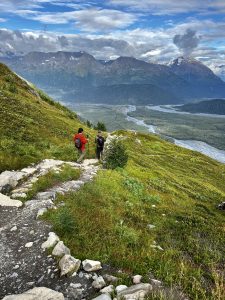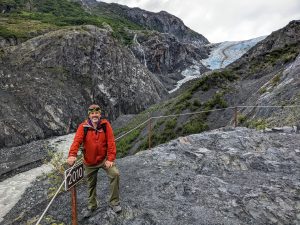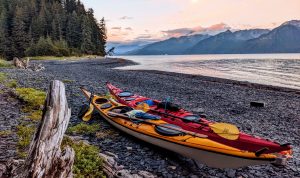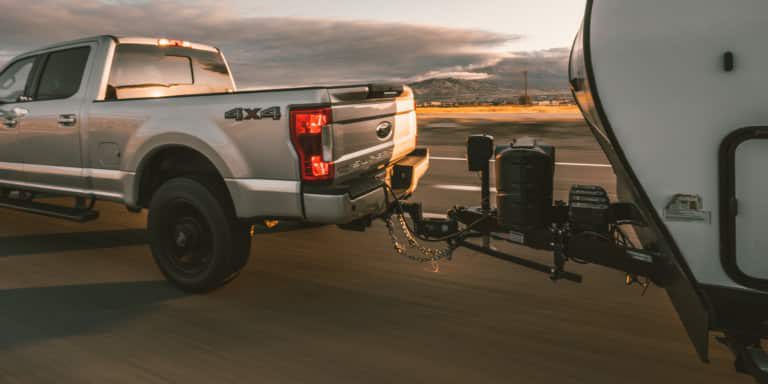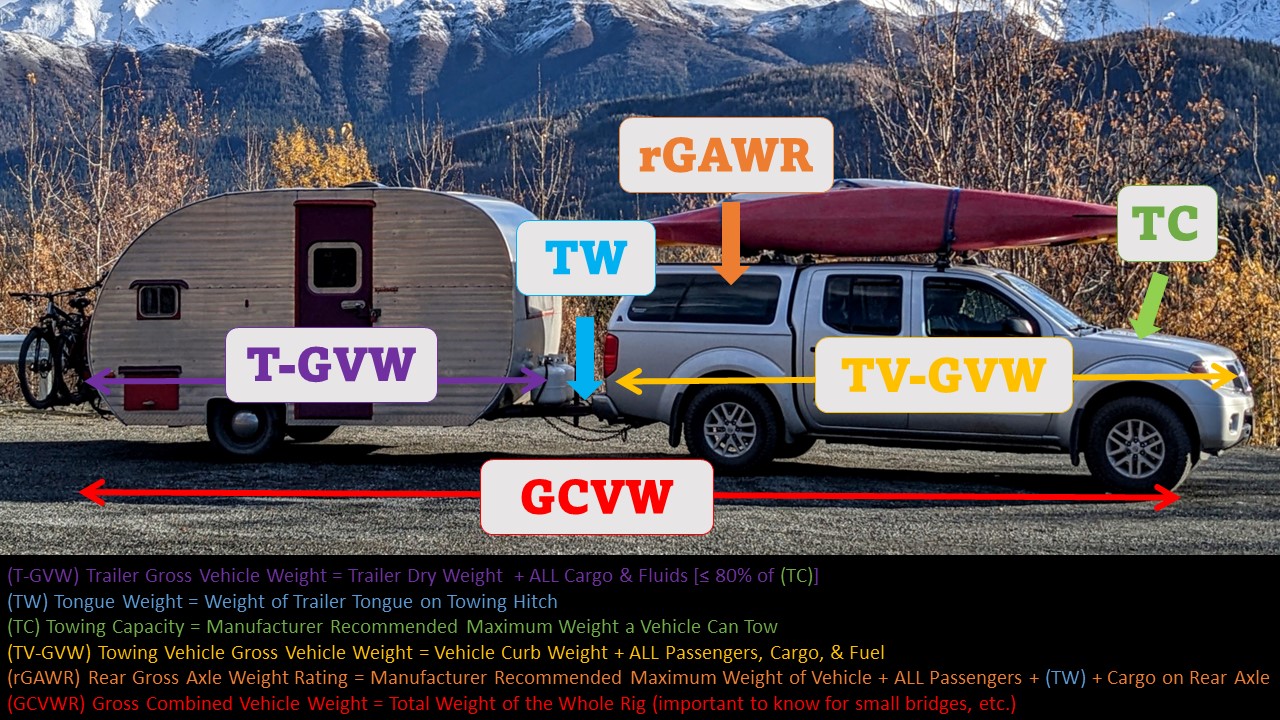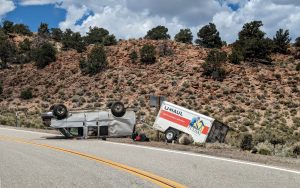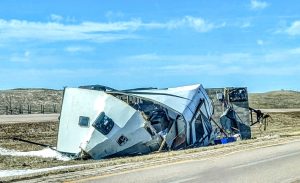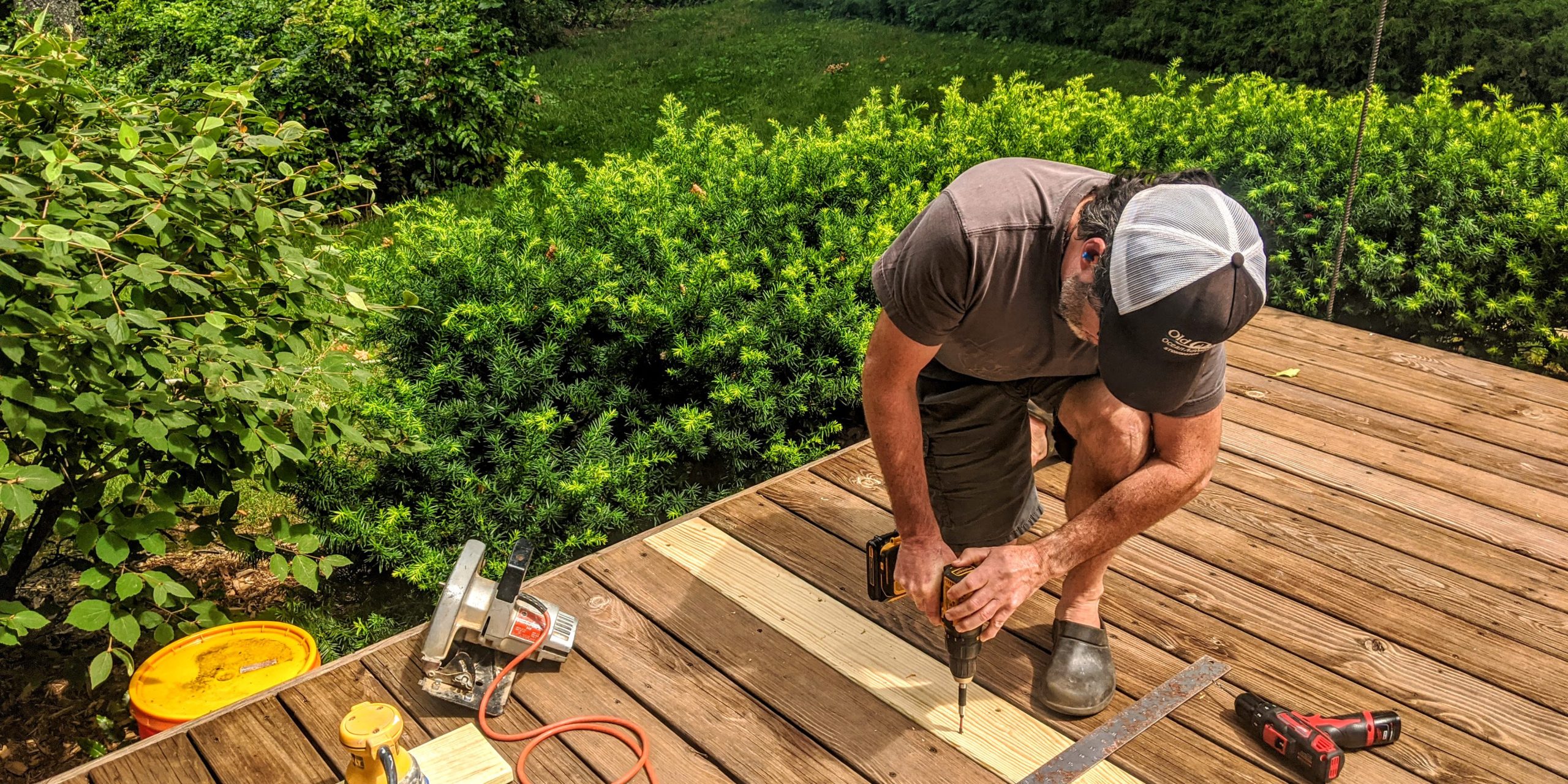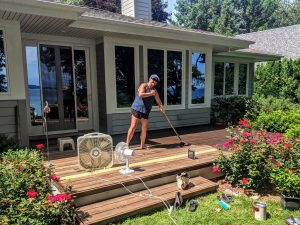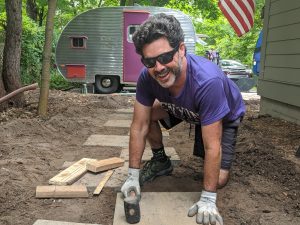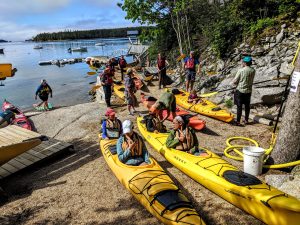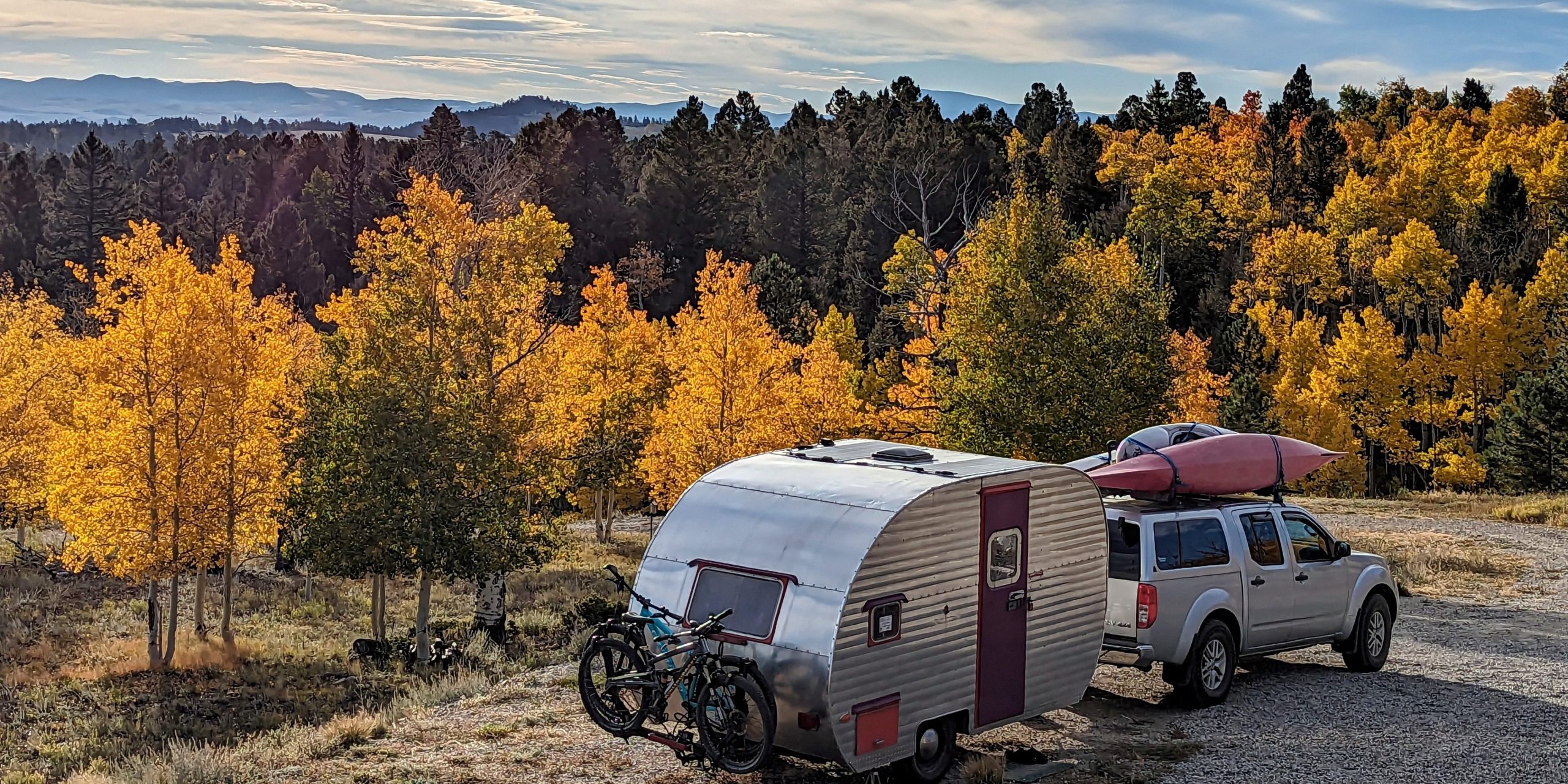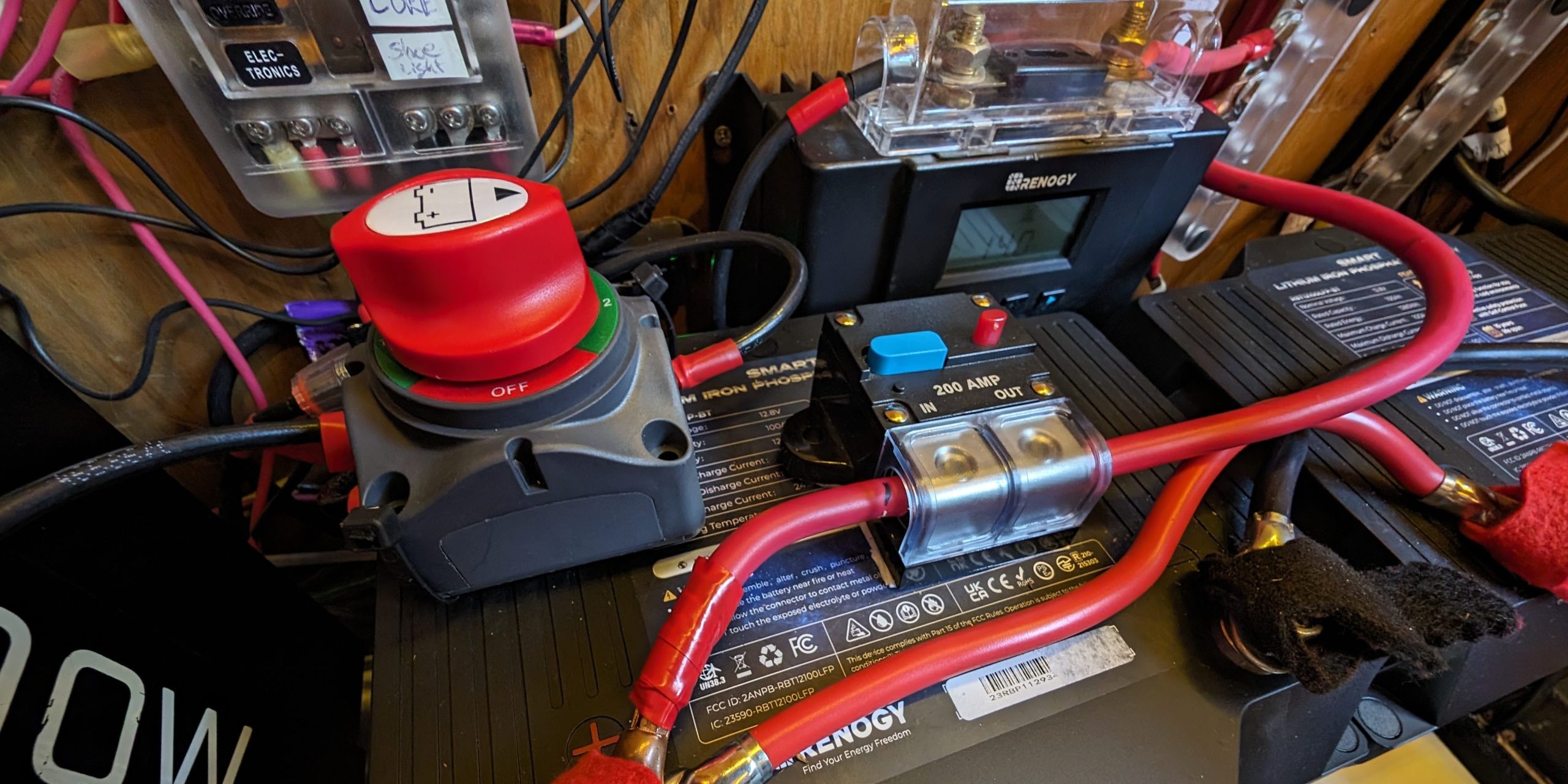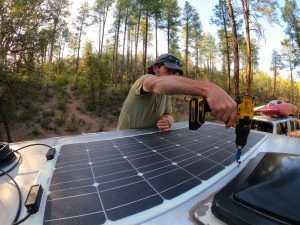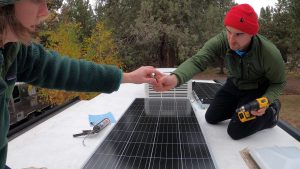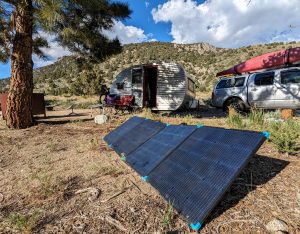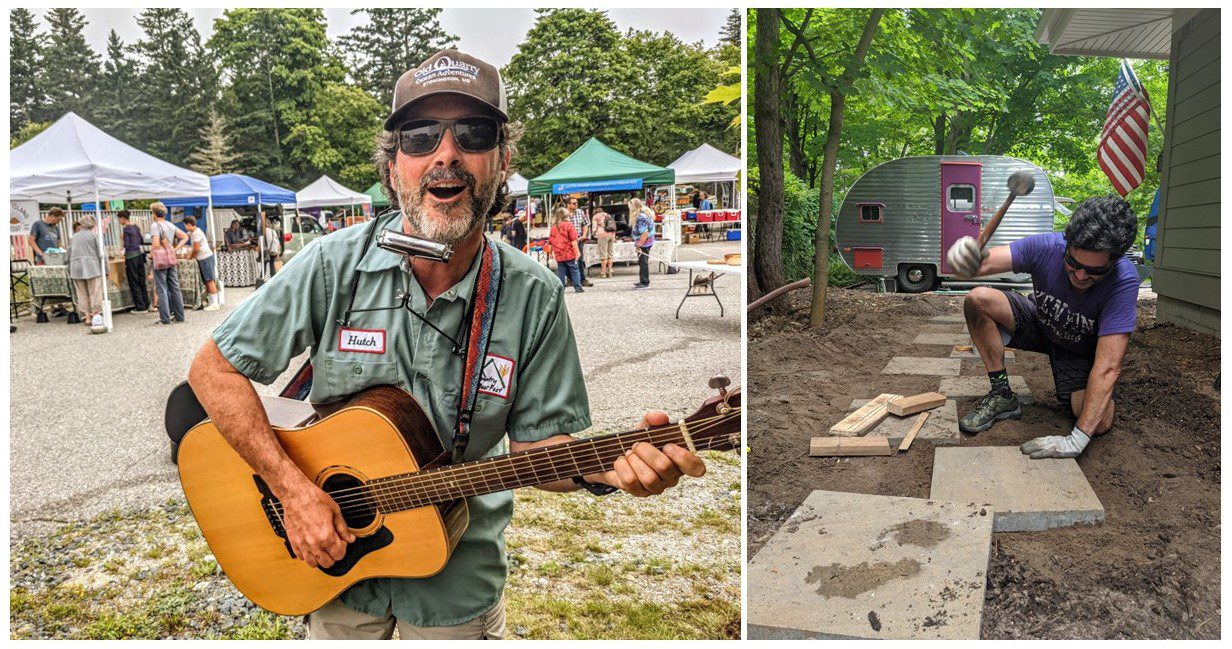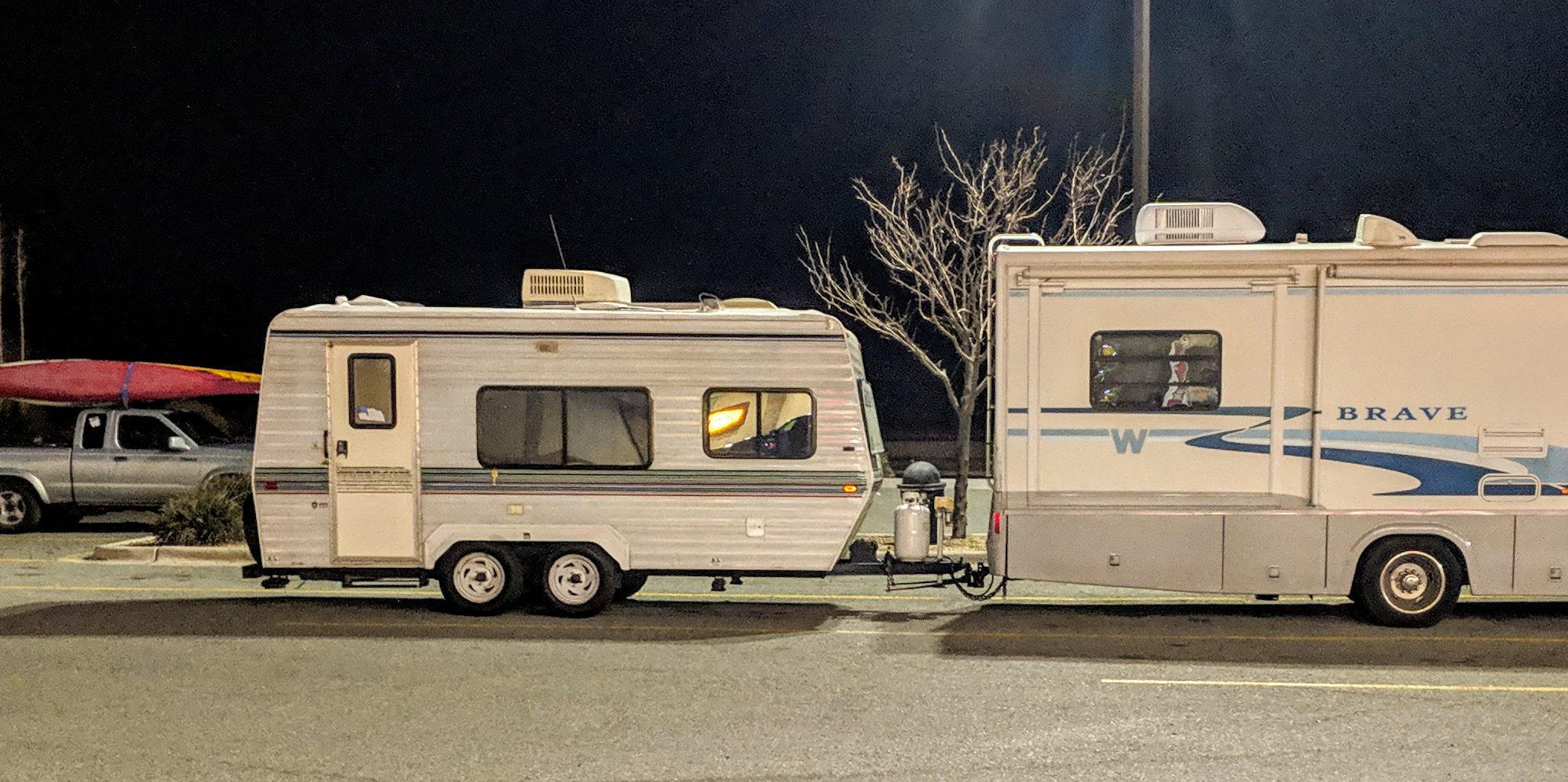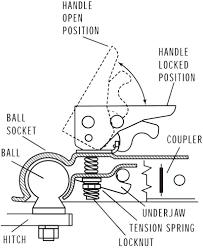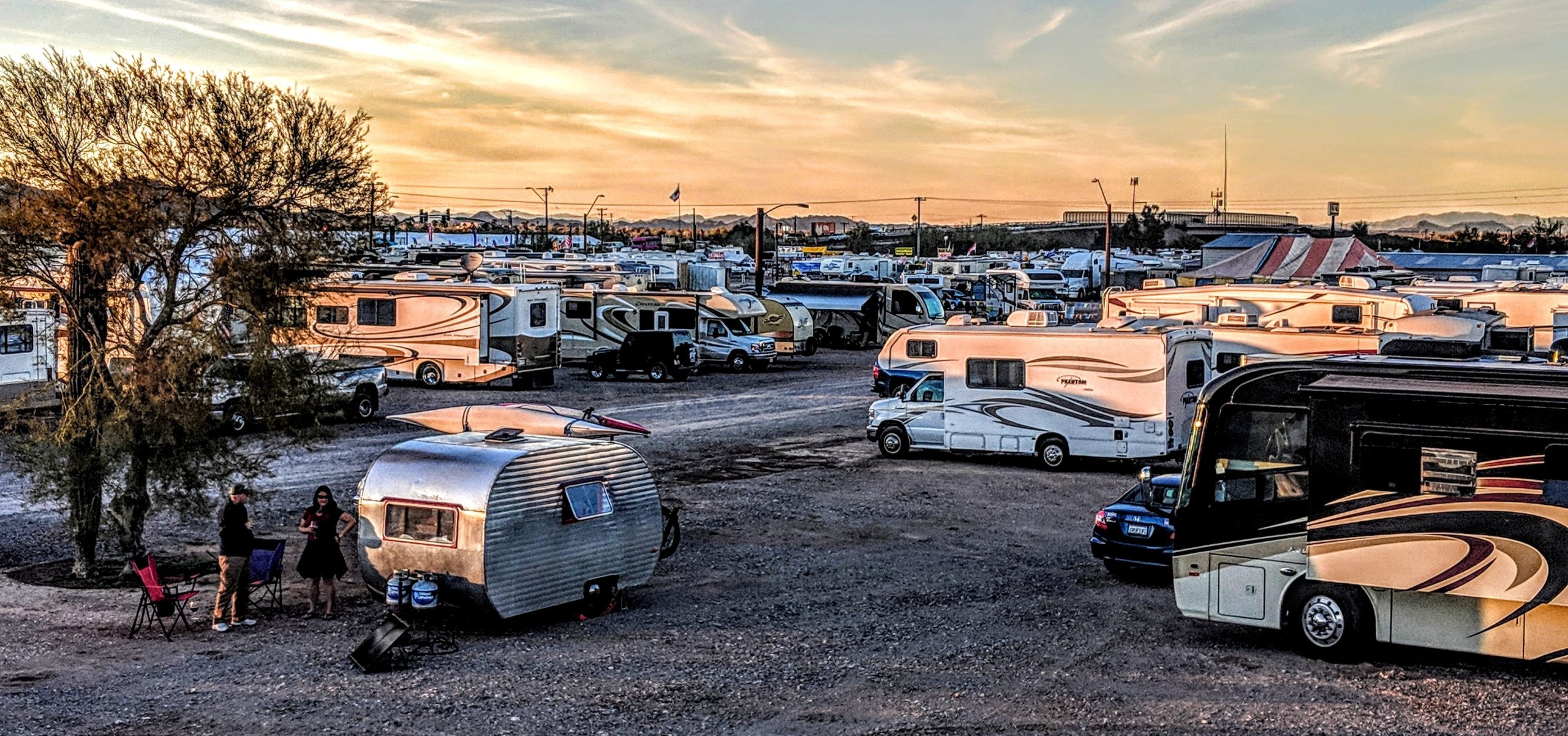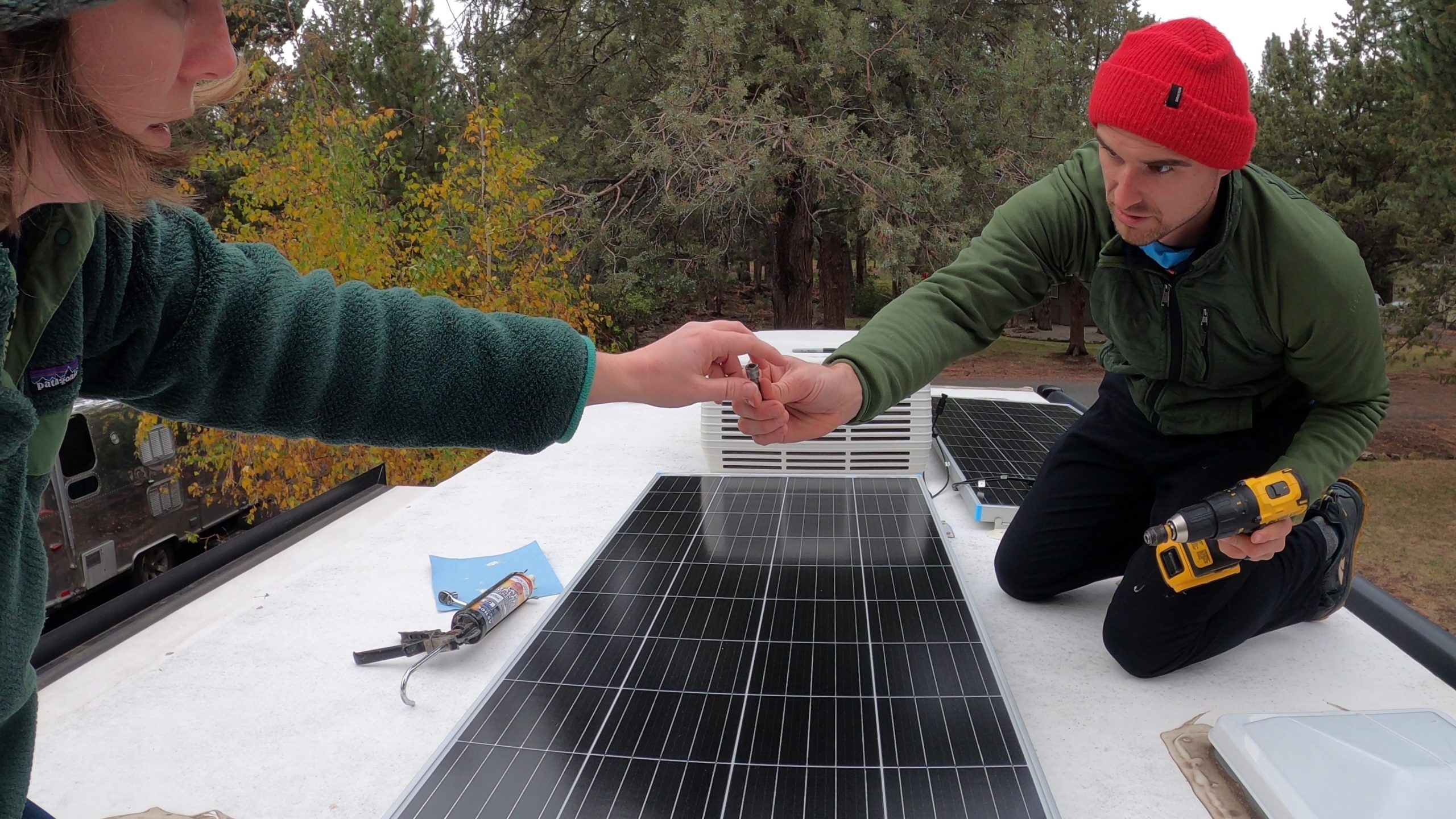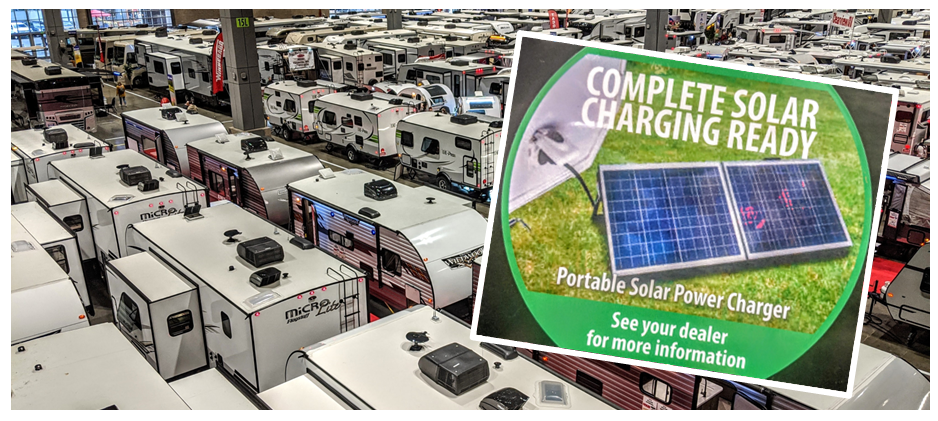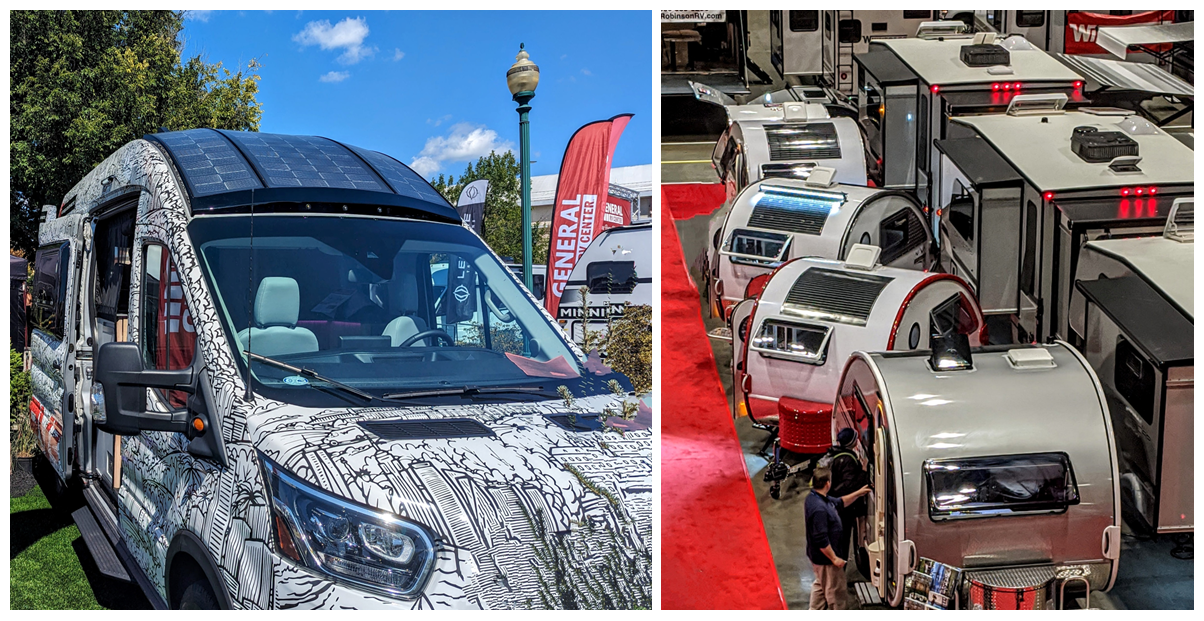When we first hit the road in 2012, we met just a handful of folks working online jobs from their RVs. Eight years later, as a result of COVID, it seemed that anyone who had dreamed of working remotely bought an RV and became our neighbors. While the pendulum has swung back in the other direction a bit, there are still several million people who work remotely. Not all of those work remotely from an RV. But all of them have either kept their existing online job, found one, or — like us —created their own mobile business.
If you’re thinking about working remotely from your RV, we have some wisdom to share. From the equipment you’ll need to how to set up yourself as a business entity, we’ll cover that all here.
Mobile & Online Jobs
Do you already have a job that allows you to work from anywhere with an internet connection? With reliable Fi-Fi and a robust solar-powered system, you’re good to go! If you are seeking to do online work while traveling, no one knows this type of work better than the folks at Escapees RV Club. It’s who they are.
At the beginning of your remote job hunt? Looking in the right places will be essential. While there are thousands of remote work opportunities listed on various websites, be sure to check out the RVer Job Exchange. We also recommend joining the Xscapers Community if you plan to move around the country.
Equipment to Work Remotely from Your RV
Does your RV or van have a usable work space? For us, having a table and a place to store our laptops and other business equipment when not in use is all we need. Others prefer a dedicated office space in their RV. In addition to a workspace that works for you, you’ll likely need some sort of internet connection and prices range widely. We used a mobile hotspot for many years, and have recently added satellite-based internet as service has become more widespread. It’s been a complete game changer!
- Mobile hotspot allows you to use your smartphone as a Wi-Fi connection. It’s included with most cell carrier plans. Still, you must have a strong signal for it to work properly. $
- Weboost is an antenna that is designed to boost a weak cell phone signal. So, remember: There has to be some signal for it to work. $$
- Starlink Roam is very reliable and uses a small satellite dish that you can mount on your RV or set out when you need it. With a clear shot to the sky, it works all over the US, Canada, and Mexico. $$$
Solar Power + Self-Contained
While adding an off-grid solar powered system isn’t a necessary part of working remotely, it sure is helpful. Doing so will save you a ton of money. Which, you may note, will allow those paychecks to go much further. We estimate that we’ve saved over $200K in camping fees over the past 12 years by camping on public land and in off-grid campgrounds. If you’ve missed our blogs about how to run your RV on solar, start here.
If you are going to boondock, being self-contained is not always necessary. But it’s good to practice all Leave No Trace principles. It’s also good to know key boondocking skills. Like how to filter water. And identifying where you can dispose of your waste appropriately – especially if you plan to be “out there” for a while. There are some helpful RV travel apps that will direct you to water refills, showers, dump stations, and dumpsters.
Starting Your Own Gig!
If you’d told us in 2012 that we’d be running a mobile business 12 years later, we would have thought you were crazy. After working seasonally for many years, we decided to give our own mobile business a go. Since then, we have discovered just how great it is to be more in control of our own schedule so that we can be where we want to be — when we want to be there. It may sound overwhelming to those non-business types, but honestly, a few days of research and paperwork, and we were on our way. You can learn more about our sustainable RV lifestyle business at FreedomInCan.com.
Start with the secretary of state website in your state to learn the necessary steps of establishing an LLC, and getting an understanding of state tax laws and rules. Then, head over to IRS.gov to get a federal tax ID number (EIN), and away you go! We also highly recommend hiring an accountant that understands the nature of your business. We can’t say enough about our accounting team. They are RVers themselves, and have helped us interpret and make sense of the appropriate tax laws. (Check out our website for more details!)
Finding work that will sustain your lifestyle is often the first step in fulfilling your RV traveling dreams! Next up, we’ll discuss how to stretch your traveling budget and meet like-minded people by doing work trade and volunteering while living in your RV.
Want to learn more about working from the road? This article is part of our Working from the Road 101 series.
The Essential Mindset to Work from Your RV (Part 1)
Seasonal RV Jobs and Side Gigs: How to Find Them (Part 2)
Everything You Need to Work Remotely from Your RV (Part 3)
RV Work Trade and Volunteering (Part 4, Coming Soon)
